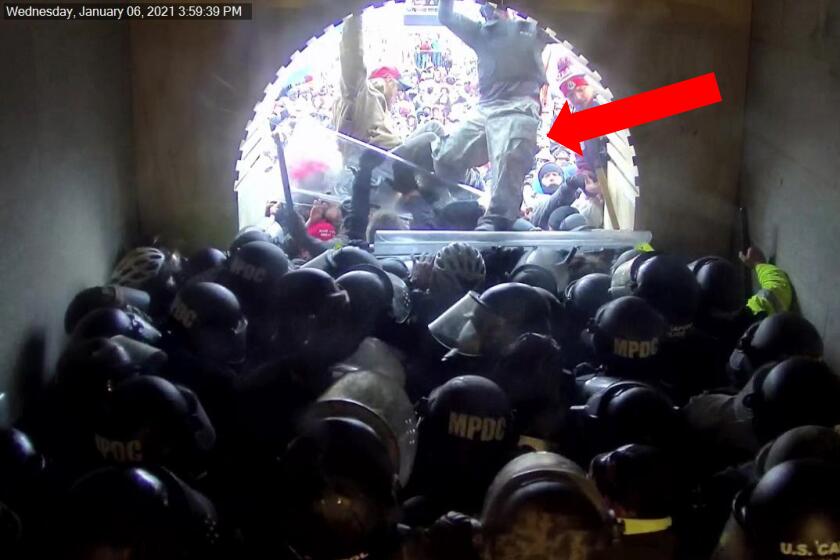Comparable Worth Lawsuit Against State Dealt Setback
- Share via
A federal judge Wednesday dismissed the heart of the nation’s largest comparable worth lawsuit, setting back a union’s claim that California deliberately underpaid thousands of women in female-dominated state jobs.
U.S. District Judge Marilyn Hall Patel--who once served as legal counsel for the National Organization for Women--ruled in San Francisco that the California State Employees’ Assn. had failed to prove deliberate sex discrimination in state salaries.
She allowed the association to submit new arguments on a claim that state policies had the effect of illegally holding down the salaries of female state employees. But Ellen Eggers, staff attorney for the CSEA, said the association was undecided about whether to pursue the lawsuit in light of Wednesday’s ruling because, without proof of intent, such suits have been made much more difficult to prove by a recent Supreme Court ruling.
‘Very Significant’
“We are very pleased,” said Christopher Waddell, chief counsel for the California Department of Personnel Administration. Although the case is only partially resolved, Waddell called Wednesday’s ruling “very significant.”
Filed in 1984, the lawsuit is the nation’s largest case brought under Title 7 of the Civil Rights Acts. More than 60,000 current and former secretaries, clerks and other workers in mostly female state jobs stood to share in back pay, interest and wage increases that could have cost California taxpayers as much as $1 billion, according to calculations made by the state employees’ association.
Although the association attempted to paint its case as a sex discrimination suit, it had been generally referred to as a comparable worth action because it is based on pay disparities between different types of jobs, rather than a claim that women were paid less than men in the same job.
Still, the ruling shocked labor and women’s rights groups who had been hopeful for a more positive outcome in the hands of Patel, who was appointed to the bench in 1980 by then-President Jimmy Carter after her stint as legal counsel for NOW.
“This decision means you have to virtually find the smoking gun that shows (discriminatory) intent,” said Martin Morgenstern, a former state personnel director who is chairman of the center for labor research and education at UC Berkeley. “I think this decision is a significant setback.”
“We are very disappointed,” said Gail Kaufman, associate director of Equal Rights Advocates, a San Francisco-based public interest law firm. “The stakes were very high in this case.”
‘Very Difficult Case to Prove’
“In the political climate that we are dealing with right now I don’t think Judge Patel was willing to go out on a limb in any way,” said CSEA’s Eggers. “But in fairness to the judge, it was a very, very difficult case to prove because there were no live witnesses from the 1930s.”
A key issue in Wednesday’s ruling was whether the state has deliberately discriminated against women since the 1930s, when state pay scales were revised. The association, relying on documents issued by state officials in the 1930s, contended that the effects of unequal pay levels for men and women in those revisions persists.
The state denied bias and said any differences in pay levels reflected rates being charged by other employers. Lower pay for female-dominated jobs based on prevailing market levels was declared legal in 1985 by the U.S. 9th Circuit Court of Appeals.
But Patel ruled that documents from a 1931 salary revision, containing staff comments suggesting lower pay for some female-dominated jobs, failed to prove deliberate discrimination, and that the effects of any bias were mostly eliminated in a state reclassification in 1937-38.
Contributing to this story was Times staff writer Virginia Ellis.
More to Read
Get the L.A. Times Politics newsletter
Deeply reported insights into legislation, politics and policy from Sacramento, Washington and beyond. In your inbox twice per week.
You may occasionally receive promotional content from the Los Angeles Times.










